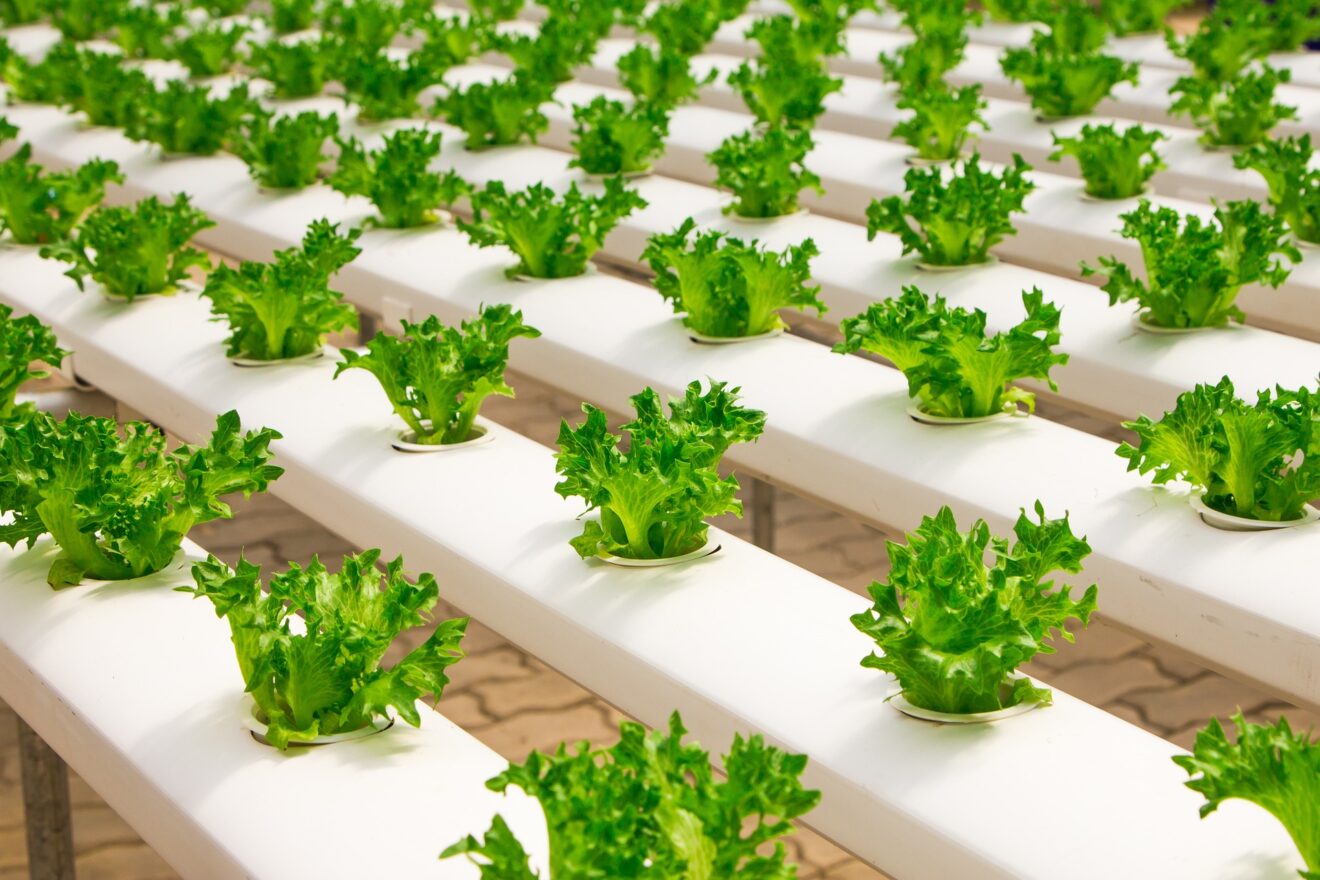Although technology has a long history in food production, we have been witness to an accelerated pace of innovation during the past 40 years with science and technology touching consumers’ lives at every part of the food system from agriculture to foodservice and retail to the home. And while consumers have accepted and even embraced many of these food tech innovations, they remain most guarded when it comes to what they are actually putting in their bodies.
Is all food tech evaluated equally in the consumer’s mind?
Even though new food technologies may be completely unfamiliar, if not unimaginable, to consumers, foods and beverages created with these technologies will be evaluated as consumers evaluate all foods and beverages. So processing, sourcing, experiential cues, third-party certifications, brand narratives and more are still critical pieces of information that consumers will use to determine whether something is acceptable – and desirable – to eat.
In conversations about food tech, we cannot forget about the food itself. Food is personal, even intimate, and foods created in new ways will be evaluated according to four additive and overlapping criteria.
- Familiarity: How closely does a new process seem to the way consumers currently imagine and expect how food is made?
- Risks: Is it safe for consumption?
- Benefits: Does the new technology address a meaningful and important issue?
- Consequences: Broad social, economic, and environmental trade-offs.
While intellectually consumers easily accept the need for new food production technologies to feed our global population and permit a more sustainable existence on this planet, emotionally they are more resistant. In short, consumers agree that new food technologies are necessary for the greater good of “we,” but they take pause when they consider “me” and what they are about to put in their own bodies.
Spotlight on the trend leaders
Historically, consumers have been more receptive to personally engaging with products that are derived from innovation in the field and kitchen vis-a-vis innovation from the factory or laboratory. In 2023, we see that pattern persists. Our most recent research, “Food & Technology 2023,” explored consumer sentiment surrounding 11 new trends in food production. Let’s consider the acceptability for “me” of four of these practices: regenerative agriculture, precision fermentation, nanotechnology, and cellular agriculture.
Regenerative agriculture is a new food production practice that resonates with consumers on an intuitive level. The term itself is both positive (regenerative) and familiar (agriculture). It is not surprising then that consumers are most receptive to food and beverages with ingredients grown from regenerative agriculture. The acceptability of regenerative agriculture is only second to hydroponic and vertical farming.
Precision fermentation benefits from consumers’ experience with fermented foods. Fermentation has deep roots in food cultures from around the world, and food/beverages created by fermentation typically have a health halo. For these reasons, precision fermentation has moderate acceptability and the likelihood of trial with the main barriers to trial being taste, cost, and concerns about processing.
Among new food tech, nanotechnology, like artificial intelligence, is regarded somewhat inconsistently by consumers. It is among the murkiest in consumer understanding, and some see positive applications such as enhancing the nutritional value of foods and beverages, and yet, others are immediately concerned about a lack of regulation and unknown and unintended effects. Ultimately, consumers are most concerned about a potential lack of control over whether they are exposed to foods/beverages that include nanotechnology.
Finally, consumers are most skeptical of cell-cultured foods, although they have different reactions based on the category (meat vs. dairy). Millennial and Generation Z consumers tend to be the most receptive group to cellular agriculture, especially for reasons of environmental sustainability. Cellular agriculture is becoming increasingly familiar to consumers; however, it is still a nebulous concept and will require skilled consumer-facing communications for widespread adoption.
Tactics for driving acceptance among consumers
For new food technologies to be embraced by consumers, it is imperative to focus on what links these technologies to food culture and the familiar and trusted ways in which food has been evaluated and enjoyed for decades. Brands will have a responsibility to allay concerns about safety and promote the personal, social, and environmental benefits of new technologies via brand narratives that focus on company mission and values, clear and concise labels and third-party certifications, and straightforward and transparent explanations of sourcing and processing. It will be challenging to help consumers evolve with the rapid pace of change in the food and beverage industry, but it will be worth it. And, avoiding costly missteps in this landmine of tensions requires in-depth consumer understanding and strategic choices regarding exactly what to communicate, when and how.
As CEO of The Hartman Group, Demeritt drives the vision, strategy, operations and results-oriented culture for the company’s associates as The Hartman Group furthers its offerings of tactical thinking, consumer and market intelligence, cultural competency and innovative intellectual capital to a global marketplace.
Read more like this from SmartBrief:
- Upcycled food helps brands, consumers combat waste
- Datassential forecasts 2023 macro trends for the food industry
- 5 food and beverage trends to watch for 2023
_____________________________________
If you liked this article, sign up for SmartBrief’s free email newsletter on agriculture technology. It’s among SmartBrief’s more than 250 industry-focused newsletters.
